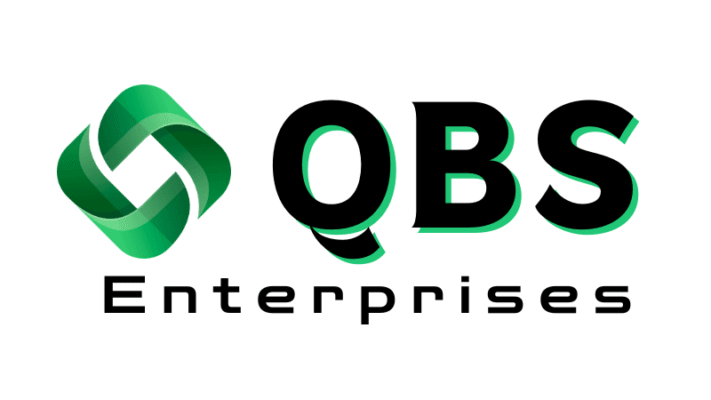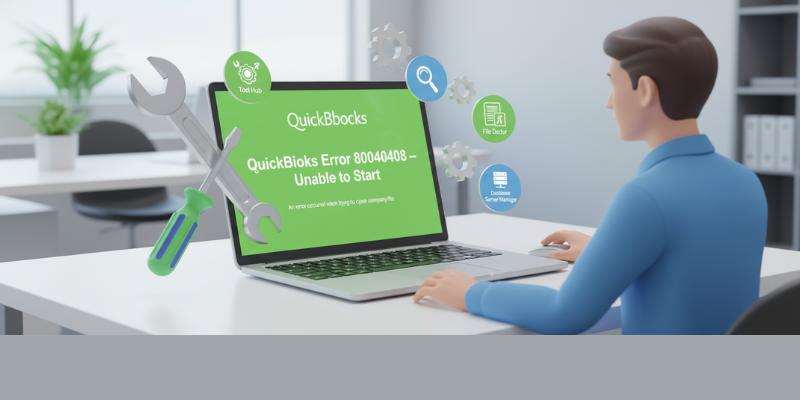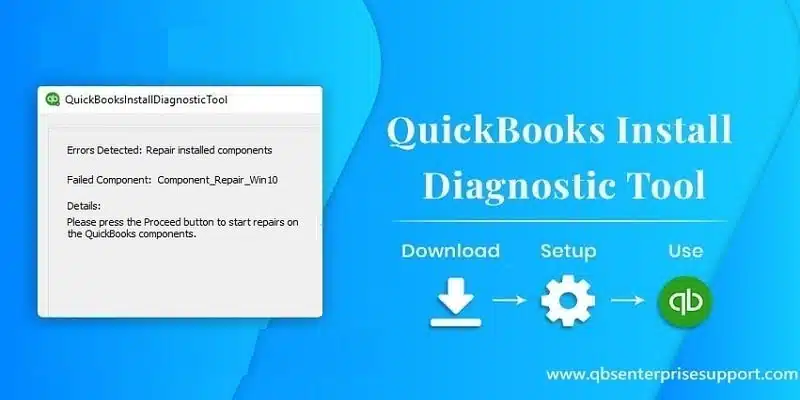In the nonprofit world, purpose drives every decision — but accountability sustains it.
Unlike for-profit entities that measure success by revenue, nonprofits are measured by trust, transparency, and responsible stewardship of funds. Donors, grant providers, and regulators expect complete clarity on how every dollar is received, allocated, and spent.
That’s where nonprofit accounting plays a critical role. Proper accounting ensures compliance with legal standards, helps manage restricted and unrestricted funds, and provides a clear financial picture that supports your mission.
In this guide, we’ll explore the essential nonprofit accounting best practices — from fund tracking and internal controls to grant management and reporting — to help your organization stay compliant, efficient, and credible.
Table of Contents
ToggleWhat Is Nonprofit Accounting?
Nonprofit accounting differs significantly from traditional accounting. It’s not about measuring profit — it’s about demonstrating accountability and ensuring funds are used for their intended purposes.
Key Concepts of Nonprofit Accounting:
- Mission Over Profit: Nonprofits aim to fulfill community goals rather than generate shareholder returns.
- Fund Accounting: Each funding source — whether a grant, donation, or membership fee — is tracked separately to ensure that restricted funds (donor-designated for specific use) are spent appropriately.
- Accountability Reporting: Instead of a profit and loss statement, nonprofits report how resources are acquired and used to advance their mission.
Fund Accounting in Practice
Nonprofits typically manage two primary fund types:
- Restricted Funds: Donors or grantors dictate how the money can be spent.
- Unrestricted Funds: Available for general operations, programs, and overhead.
Tracking these funds accurately ensures compliance, builds donor confidence, and simplifies audits and annual reporting.
Internal Controls & Transparency
Internal controls are the backbone of ethical nonprofit financial management. They help prevent fraud, ensure accuracy, and reinforce donor trust.
Best Practices for Strong Internal Controls:
- Segregate Duties: Never allow the same person to approve, record, and reconcile transactions.
- Implement Dual Approvals: Require multiple authorizations for large purchases or fund disbursements.
- Maintain Audit Trails: Keep clear records of every transaction, including donor receipts, invoices, and authorizations.
- Conduct Regular Reviews: Have independent financial reviews or internal audits quarterly or annually.
- Establish Expense Policies: Define allowable expenses and reimbursement guidelines to avoid misuse of funds.
Transparency isn’t optional — it’s an obligation. When internal controls are clear and documented, your nonprofit gains the confidence of donors, regulators, and the public.
Budgeting & Forecasting
Nonprofits rely on fluctuating income sources — donations, grants, and program fees — which makes budgeting and forecasting essential for sustainability.
How to Build a Reliable Nonprofit Budget:
- Start with an Annual Budget: Outline projected revenues and expenses for the fiscal year, including both restricted and unrestricted funds.
- Break It Down Quarterly or Monthly: Smaller timeframes make it easier to spot variances and adjust early.
- Include Contingency Reserves: Always plan for unexpected expenses or delayed funding.
- Update Forecasts Regularly: If grants are delayed or new programs are launched, update your projections mid-year.
A well-planned budget aligns financial goals with your organization’s mission, ensuring long-term viability and adaptability.
Grant & Restricted Fund Tracking
Grants and donations are the lifeblood of most nonprofits — but managing them correctly requires precision.
Best Practices for Grant and Fund Tracking:
- Separate Restricted and Unrestricted Funds: Maintain distinct accounts or tracking systems for each funding source.
- Label Contributions Clearly: When recording grants, specify the donor-imposed restrictions (e.g., “for community education” or “for disaster relief”).
- Track Fund Balances: Use appropriate fund classifications such as:
- Temporarily Restricted — funds restricted for a certain purpose or time frame.
- Permanently Restricted — funds that must remain intact, often endowments.
- Unrestricted — funds available for general use.
- Monitor Grant Compliance: Track spending against grant terms to ensure funds are used as promised.
- Prepare Grant Reports Promptly: Submit financial reports to grantors on schedule to maintain credibility and eligibility for future funding.
Example:
If a donor gives $50,000 “for scholarship programs,” it cannot be used for administrative expenses. Fund accounting ensures that every dollar is traceable and compliant with donor intent.
Financial Statements & Reporting
Nonprofits must provide financial transparency not only to the IRS and auditors but also to their stakeholders and donors.
Core Financial Statements for Nonprofits:
- Statement of Activities – The nonprofit equivalent of an income statement, showing revenues and expenses by category or program.
- Statement of Financial Position – Similar to a balance sheet, showing assets, liabilities, and net assets (instead of equity).
- Statement of Cash Flows – Tracks cash inflows and outflows from operating, investing, and financing activities.
- Statement of Functional Expenses – Breaks down expenses by both function (program vs. administrative) and nature (salaries, rent, supplies).
Reporting Tips:
- Disclose related-party transactions, executive compensation, and fundraising costs clearly.
- Follow GAAP (Generally Accepted Accounting Principles) or your country’s nonprofit accounting standards.
- Prepare annual financial statements audited by a certified professional for added credibility.
Transparent reporting builds donor trust, strengthens grant applications, and reinforces your organization’s reputation.
Best Practices & Efficiency Tips
To manage your accounting efficiently, adopt tools and processes built specifically for nonprofits.
Efficiency & Compliance Tips:
- Use nonprofit accounting software with fund accounting and donor management modules.
- Automate recurring donation entries and grant tracking to save time.
- Reconcile bank accounts monthly, ensuring donation records match deposits.
- Maintain detailed documentation for every expense — receipts, approvals, and justifications.
- Create written financial policies for staff and volunteers to follow.
- Train team members regularly on accounting basics, compliance rules, and reporting procedures.
Recommended Tools:
- Accounting software: QuickBooks for Nonprofits, Sage Intacct, or Zoho Books for NGOs.
- Donor management: Bloomerang, DonorPerfect, or Kindful.
- Reporting & analytics: Power BI or Fathom.
Efficiency in nonprofit accounting isn’t about cutting corners — it’s about freeing up more time and resources to advance your mission.
Nonprofit accounting isn’t just about numbers — it’s about trust, integrity, and accountability. By implementing strong internal controls, accurate fund tracking, and transparent reporting, your organization can demonstrate to donors and regulators that every contribution is managed responsibly.
When your finances are solid, your mission gains momentum.
Next Step: Strengthen Your Nonprofit Accounting Systems
At QBS Enterprise Support, we specialize in helping nonprofits establish robust, compliant, and efficient accounting frameworks.
Our experts can help you:
- Implement fund accounting systems tailored to your mission
- Manage grant compliance and reporting
- Automate donation tracking and financial reporting
📞 Contact us today for a free nonprofit accounting consultation and let’s build a financial foundation that keeps your organization accountable, sustainable, and mission-driven.







